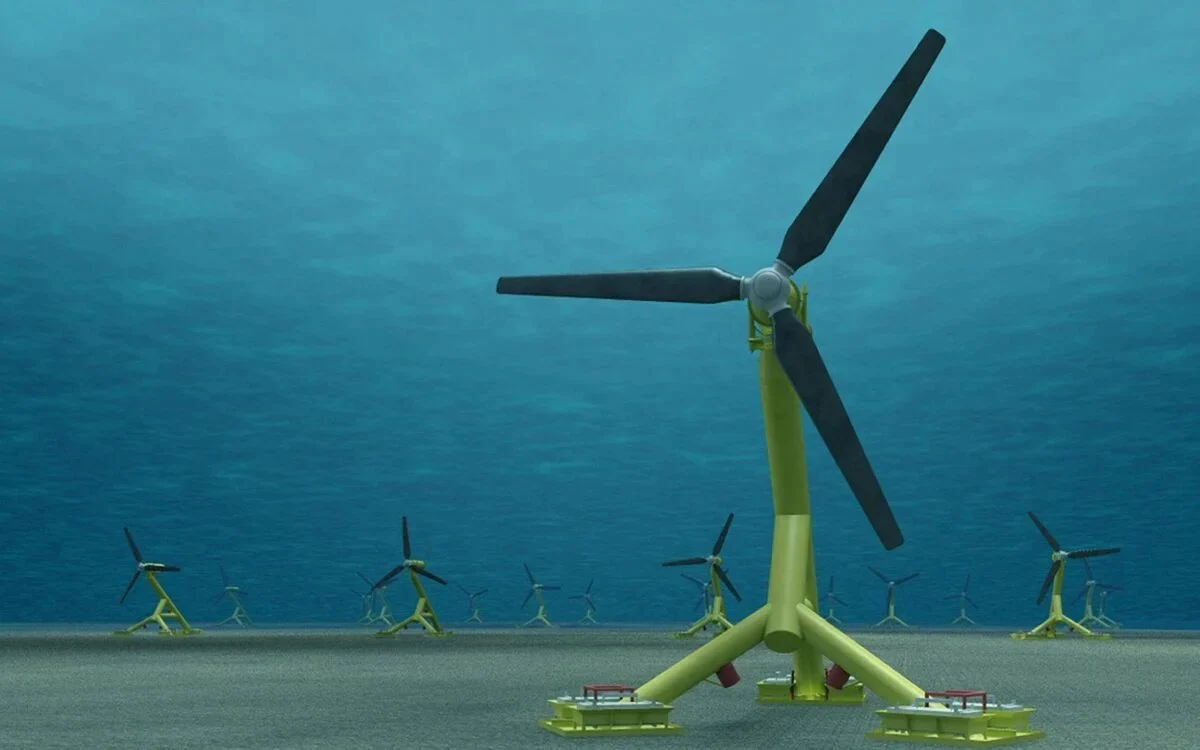Power Grid
THE MOST POWERFUL TIDAL TURBINES IN THE WORLD.
Irene Jerry

The world's most powerful tidal turbine project is nearing the start of its construction phase, thanks to financial backing from the European Union. This funding, provided through the EU's Innovation Fund 2023, will help bring the NH1 tidal turbine project to life. Located just 3 kilometers off the coast of France, the turbines will be submerged at depths of 30 to 35 meters, making them virtually invisible to the public.
The project is part of a broader push to enhance France’s renewable energy capacity and support its transition to clean energy.
These tidal turbines are designed to be environmentally friendly, with minimal impact on marine ecosystems. Their construction also incorporates sustainability, as the turbines can be easily recycled at the end of their operational lives. This focus on eco-friendliness is matched by the economic benefits tidal energy can bring, such as supporting small and medium-sized enterprises (SMEs) in the region.
The NH1 project alone is expected to create around 6,000 new jobs in the tidal energy sector by 2030, fostering a cleaner, more resilient local economy.
France’s tidal energy potential is significant, with an estimated reserve of 5 gigawatts. The NH1 project will play a crucial role in helping the country achieve its energy independence. With the backing of €31.3 million from the EU, Normandie Hydroliennes is set to install four horizontally-axis turbines in the Normandy region by 2028.
This project aims to generate 34 gigawatt hours of electricity annually, supporting France's renewable energy goals and reinforcing its commitment to reducing carbon emissions.
The NH1 project is not only a step forward for France’s energy sector but also aligns with broader European climate objectives. As part of a larger initiative to accelerate the transition to low-carbon energy, it is one of 85 carbon-neutral projects funded by the EU, with a total grant of €4.8 billion.
Tidal energy offers a reliable and predictable source of electricity by harnessing the moon's gravity to generate ocean currents. As costs for tidal energy continue to decrease, France’s tidal turbines are expected to become a competitive component of the renewable energy mix by 2030.
